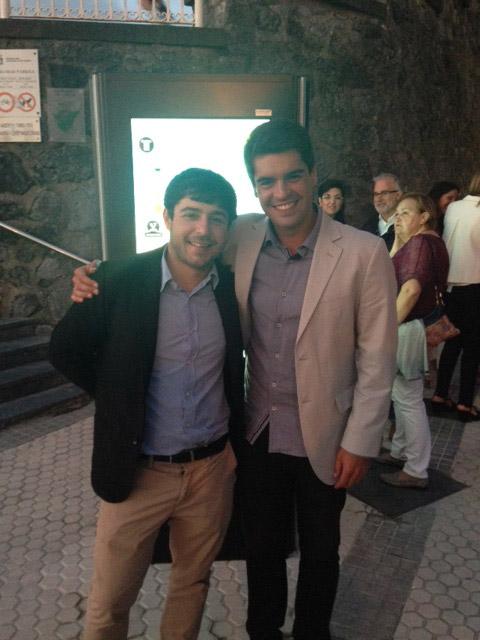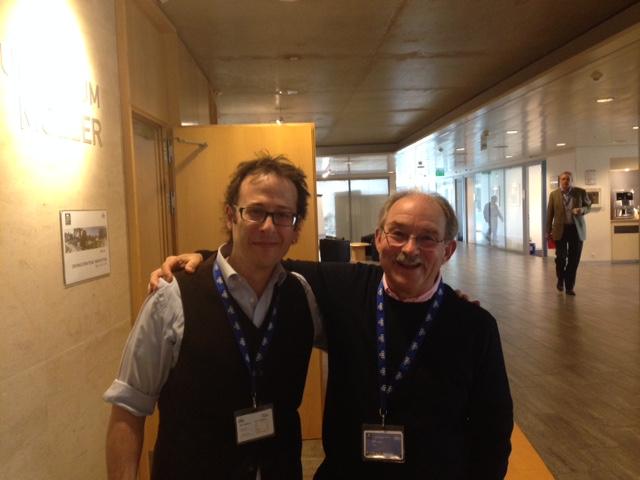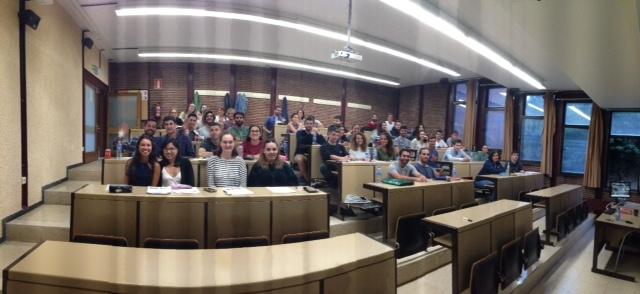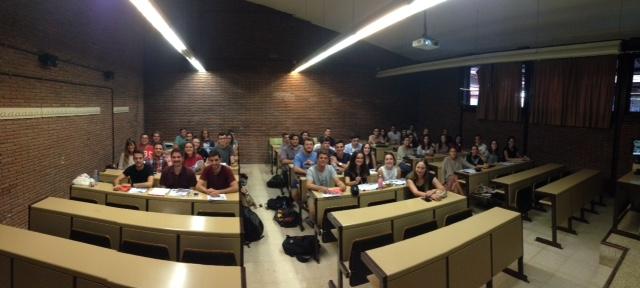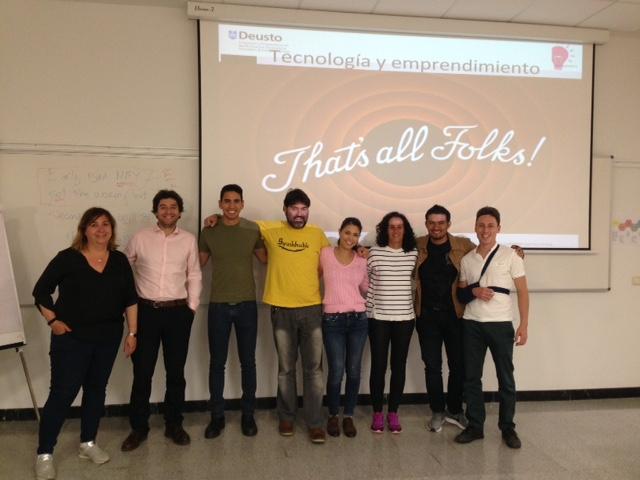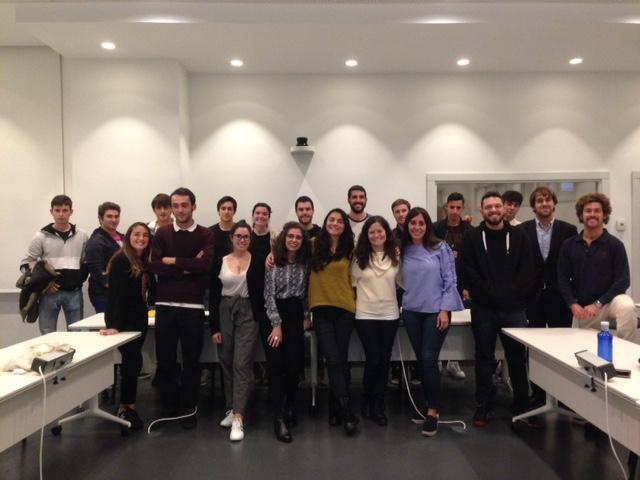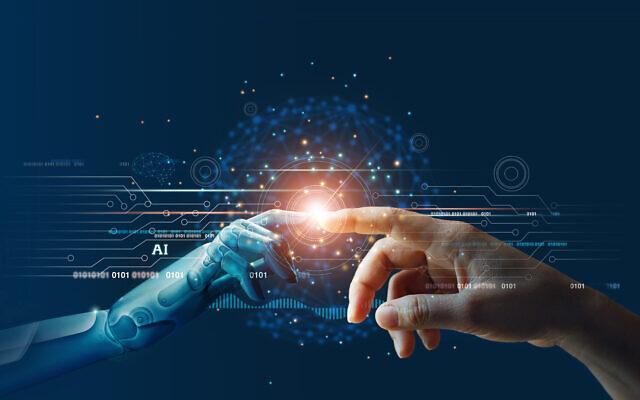Jan
10
2018
- By German Anitua Azkarate
- Rating:( 3062 votes )



An evolutionary perspective of innovation
Initial theories of invention had a “philosophical and psychological” kind of an approach (Bundy, 1927). However, and while the idea of invention came to share its place with imitation in the work of artists (Newman, 1989), with science (Branigan, 1981); with imagination in arts (Engell, 1981; Mason, 2003), previous to this, invention displayed an evolution as a creative process whereby something new and different is forged. (Rogers, 1962). But first one must be in the position to mentally admit the concept of “new” and “different”.
In “new” and “different”: An imitation-based philosophical and psychological approach.
Same as in the 13th century Taoism philosophers in China denied the unchangeable characteristics of biological species and argued how species had developed differing attributes in response to the environments. (Ronan, 1995), in other parts of the world, in the 17th and 18th centuries, naturists and philosophers gave rise to a new line of thought where many moved away from Plato´s essentialism, also referred to as the theory of Forms (objects that we all see are not real, but mimic the real forms, as in the Allegory of the Cave), and where biologic species possessed unchangeable essential characteristics, to embrace the idea that species might be capable of transformation. (Mayr, 1982).
During the early middle ages, Thomas Aquinas´s system theory (the world was part of an unchanging designed hierarchy) was very much present on the work of Christian theologians (Lovejoy, 1936). However, it was not until the publication in 1809 of Lamarck´s “Zoological Philosophy” book, that Darwin´s evolution concept was pre-conceived under Lamarck´s transmutation theory (Larson, 2004). By the 1850s, the evolution of species was a subject of intense debate. However, the publication of Charles Darwin's On the Origin of Species shifted the discussion over biological connections (Second, 2000), and reinforcing this, during the 1850s, a series of archaeological discoveries performed by geologists found evidence of the ancientness of man, consequently relating the evolution theories to humans (Bowler, 2003). In the late 19th century Plato´s essentialism was discarded, and following from Mendel´s discoveries, biologists took over archaeologists, naturists, theologians, philosophers and geologists until the disclosure of Hamilton´s work on kin selection. In 1964, and under the category of socio-biology, Hamilton established the existence of altruistic behaviour in insects. Further theories followed until Kauffman suggested the concept of self-organisation. (Kauffman, 1993).
In “new” and “different”: Invention from evolution to technological invention.
With the work of biologists (Bowler, 1983; 1993), evolutionists and diffusionists anthropologists, on their highly heated discussions, to explain stages in civilisation (Smith et al., 1927), inventors and engineers working on devices, machines and railways (Long, 2001; Chandler, 1977; 1990), gradually invention came to be identified with technological invention.
The institutionalization of technological invention commenced in the late 14th century through patent laws (Macleod, 1988). However, it was by the late 18th century, that the alignment of the term invention with technological invention was established (Lubar, 1990). The criteria characterising technological innovation was based on these three concepts:
(1) Authorship.
(2) Originality.
(3) Utility, this was crucial for understanding invention as technological invention.
In 1890, Gabriel Tarde published his work: “The laws of imitation”. He argued how imitation is the main element in social cohesion. Since he was interested in explaining social change/evolution, his work on “repetition”, led him, in 1902, to become the precursor of the theory of diffusion of innovation. “Tarde´s theory of innovation was threefold: invention → opposition → imitation”. To Tarde, invention comes from individuals. It is the driving force of society. (Swann, 2009, 2014). It is a systematic and an evolutionary social process rather than an individual one. (Gilfillan, 1935).
Also, by the end of the 19th century, the anthropologists, Barnett argued: “Any thought, behaviour, or thing that is new because it is qualitatively different from existing forms” (Barnett, 1953). To Barnett, everyone is an innovator. Instead of anthropologists, sociologists and then economists were who followed the systematic development of studies on innovation.
To sociologists an innovator does not only invent but also adopts the invention. This argument gave rise to studies on diffusion (Chapin, 1928), and also to an entire set of theories devoted to innovation (Rogers, 1962). On the other hand, to economists innovation is also a process, but where the commercialization of a technological invention occurs (Jewkes et al. 1958).
“Karl Marx was the first introducing change into economics with the study of technology as a cause of economic growth” (Sweezy, 1968). To Marx, changes in techniques of production gave rise to modern industry. “Machines gave rise to 1) the capital-goods sector, and to 2) increases in productivity in other sectors of the economy” (Sweezy, 1968).
The production function (Cobb & Douglas, 1928) came to be interpreted as representing technological change (Maclaurin, 1949). It was then that term technological innovation appeared in economics for the first time (Godin, 2008). By the late 1950s, a great deal of literature on economics was available, analysing the contribution of research to industrial development, performance, productivity and economic growth.
By the early 1950s, the terms technological change (Stern, 1937) and technological innovation started to be used jointly (Maclaurin, 1953).

Rate this post:





